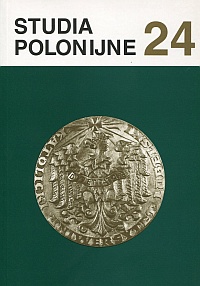Core Values and Preservation of National Identity in Multicultural Australia
Main Article Content
Abstract
In 1970s. Australia called off the assimilation policy that shaped a model Australian after the British fashion. A new policy, launched with referendum of 1967, aimed on cultural emancipation of the newcomers and overcoming the consequences of the ‘White Australia Policy’. The paper presents theoretical foundations of the multiculturalism and practical means by which it is to achieve its goals. The success of the new policy depends on proper directing of cultural interactions and transfer of the core values of each ethnic group. It is important to note that they differ from each other as to which and how many of that values perform the function of identification. A practical instruction for successful shaping of multiculturalism include multilingualism, knowledge of folklore, cultivation of bonds with the country of descent and careful placement of the native language in family life, especially during the daily occupations with children at home. The effect in the form of two-valence or multi-valence is not difficult to obtain. Multiculturalism achieved that way will not be a mere stage in construction of a future society, but the basic condition of its functioning without cultural tensions and conflicts.

